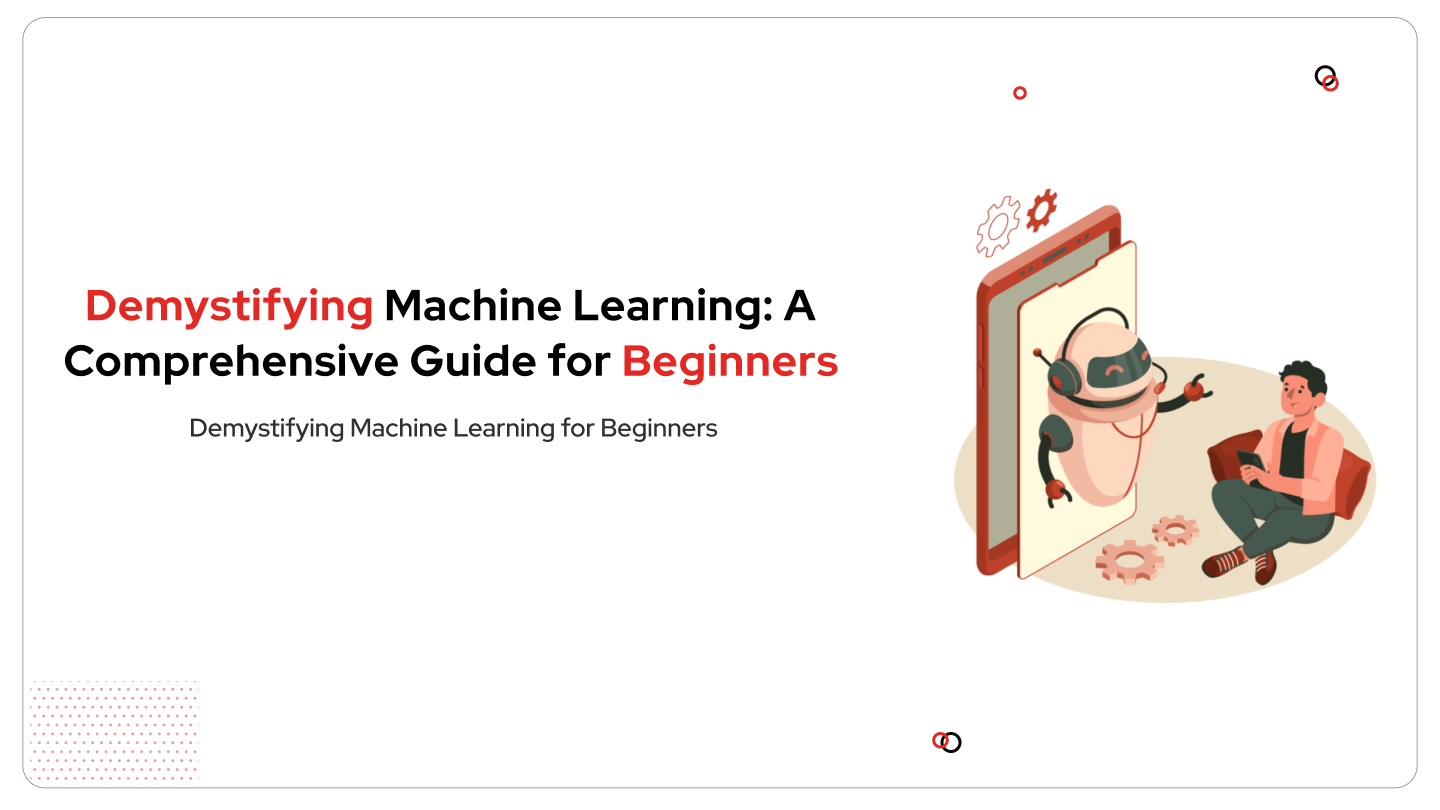
Welcome to the exciting world of Machine Learning (ML)! This guide is designed to be your one-stop shop for understanding the fundamentals of Machine Learning for Beginners. We’ll break down complex concepts into easy-to-grasp explanations, explore the different types of Machine Learning Models, and delve into some Easy Machine Learning Techniques for Beginners to get you started.
Getting Started with Machine Learning
First things first, let’s clear the air. Machine learning is a subset of Artificial Intelligence (AI). While AI is the broad concept of machines mimicking human intelligence, machine learning focuses on a specific approach: learning from data. Imagine a child learning to identify different types of animals. They are shown pictures, learn the distinguishing features, and eventually can identify animals they’ve never seen before. Machine learning works similarly. We feed data (the pictures) into a machine learning model (the child’s brain), and it learns to recognize patterns and make predictions (identify new animals).
The Power of Data
Data is the fuel that powers machine learning. The more data you have, the better a model can learn and improve its accuracy. Data can come in various forms: numbers, text, images, videos, and even audio recordings. The key is to have data relevant to the task you want your model to perform.
For instance, if you’re training a model to recommend movies, you might feed it data on user ratings, movie genres, and director information. The more data points you have, the better the model will understand user preferences and suggest movies they’ll enjoy.
Also read: Data drift vs Concept drift
Types of Machine Learning
- Supervised Learning
This is like having a teacher guide your learning. You provide the model with labeled data, meaning each data point has a corresponding answer or outcome. The model analyzes the data, learns the relationship between inputs and outputs, and then makes predictions for new, unseen data. For example, a spam filter uses supervised learning to identify spam emails based on features like keywords and sender information.
- Unsupervised Learning
Here, the model is on its own to find hidden patterns in unlabeled data. Imagine being given a box of toys and asked to organize them. Unsupervised learning is used for tasks like customer segmentation, where the model groups customers based on their purchase history or demographics, even without predefined categories.
- Reinforcement Learning
This is like learning through trial and error. The model interacts with an environment and receives rewards for desired actions and penalties for undesirable ones. Over time, the model learns to maximize rewards and make optimal decisions. Reinforcement learning is used in applications like training AI agents to play games or robots to navigate complex environments.
Easy Machine Learning Techniques for Beginners
- Linear Regression
This is a supervised learning technique used for continuous predictions, like forecasting future sales or predicting house prices. It’s a good starting point to understand how models learn relationships between variables.
- K-Nearest Neighbors (KNN)
This is another simple supervised learning technique used for classification tasks. Imagine you have different colored balls mixed in a basket. KNN helps you classify a new ball by comparing it to its nearest neighbors (other balls) and assigning the most common color.
- Decision Trees
Think of a decision tree like a flowchart. It asks a series of yes/no questions based on the data to arrive at a final conclusion. Decision trees are great for understanding the logic behind a model’s prediction and are often used for tasks like customer churn prediction (identifying customers likely to leave).
Common Machine Learning Models
- Naive Bayes
This probabilistic model is efficient for tasks where you need to classify data points into predefined categories.
- Random Forests
These ensemble models combine multiple decision trees, leading to more robust and accurate predictions.
- Deep Learning
This subfield of ML uses artificial neural networks inspired by the structure of the human brain. Deep learning models excel at complex tasks like image recognition and natural language processing.
Getting Started with Machine Learning Resources
- Online Courses
Platforms like Coursera, edX, and Udacity offer beginner-friendly courses on machine learning with interactive exercises and projects.
- Books
“Hands-On Machine Learning with Scikit-Learn, Keras & TensorFlow” by Aurélien Géron is a popular choice for beginners to get an Introduction to Machine Learning.
- Tutorials and Blogs
Websites like Machine Learning Mastery and KDnuggets offer comprehensive tutorials and explanations on various machine learning concepts.
- Online Communities
Join online forums and communities like Kaggle to connect with other learners.
The Future of Machine Learning
Machine Learning is a rapidly evolving field with vast potential to revolutionize various industries. As ML algorithms become more sophisticated and data becomes more readily available, we can expect even more groundbreaking applications in areas like healthcare, finance, and environmental science.
Final Thoughts
Embarking on a journey into Machine Learning can be both exciting and rewarding. This comprehensive guide has provided you with the foundational knowledge to get started, from understanding key concepts to exploring various machine learning models and techniques.
As you delve deeper, remember that continuous learning and experimentation are key. Utilize the recommended resources, engage with the community, and stay curious. The future of Machine Learning holds immense potential, and your efforts today will pave the way for innovative solutions in the years to come. Happy learning!